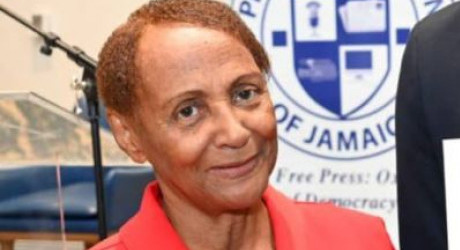Middle-income countries are in a race against time to raise their income levels.
While several have a goal of reaching high-income status, since the 1990s, only 34 of 108 had succeeded at the end of 2023.
Five of them – Antigua and Barbuda, Barbados, Guyana, St. Kitts and Nevis, and Trinidad and Tobago – are in the Caribbean.
A new World Bank study, provides the first comprehensive roadmap to enable developing countries to escape the "middle-income trap."
Drawing on lessons of the past 50 years, the World Development Report 2024: The Middle-Income Trap finds that as countries grow wealthier, they usually hit a "trap" at about 10% of annual U.S. GDP per person—the equivalent of $8,000 today.
That's in the middle of the range of what the World Bank classifies as "middle-income" countries.
Countries still classified as middle-income at the end of 2023 face far bigger challenges than their predecessors in escaping the middle-income trap: rapidly aging populations, rising protectionism in advanced economies, and the need to speed up the energy transition. In the Caribbean, middle-income challenges are further compounded by countries' vulnerability to shocks, including climate change.
comments powered by Disqus










 All feeds
All feeds







